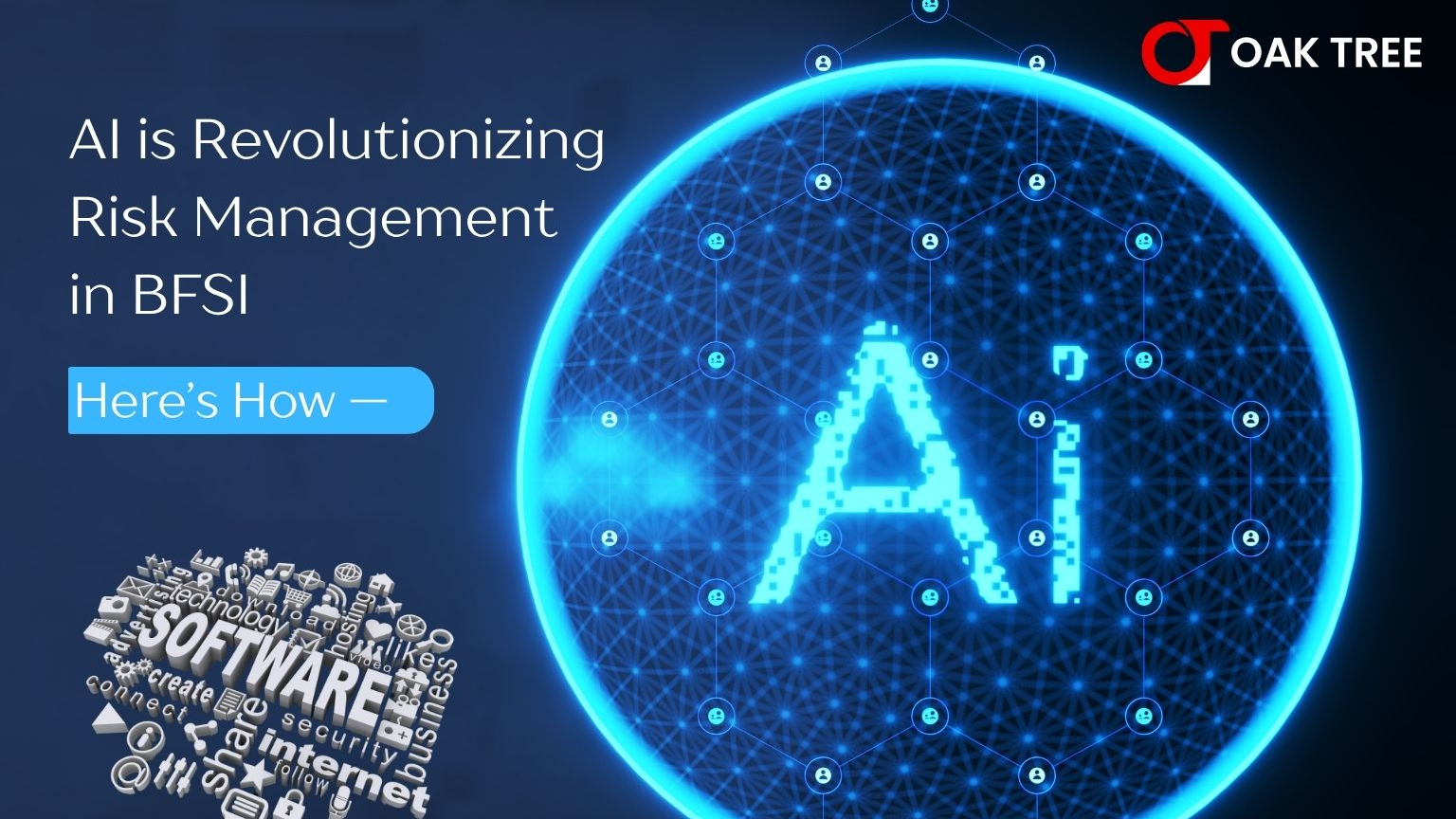Risk management has always been at the core of the Banking, Financial Services, and Insurance (BFSI) industry. From loan defaults to fraud detection and market volatility, institutions constantly navigate uncertainty. Traditionally, risk management relied heavily on human expertise, manual analysis, and historical data.
But in today’s hyperconnected world - where billions of transactions occur every second traditional methods fall short. The sheer volume and complexity of financial data make it impossible for humans alone to track every anomaly or emerging threat. This is where Artificial Intelligence (AI) steps in to revolutionize the process.
AI isn’t just improving risk management, it’s redefining it.
How AI is Transforming Risk Management in BFSI
1. Real-Time Fraud Detection and Prevention
One of the biggest challenges for financial institutions is identifying fraudulent activities before they cause damage. AI-powered systems use machine learning models trained on massive datasets of transactions, user behaviors, and anomalies to detect potential fraud in real time.
For example, if a customer who usually shops in New York suddenly makes a high-value transaction in another country, AI systems can instantly flag or block it for verification. Unlike traditional rule-based systems, AI continuously learns from new fraud patterns, improving detection accuracy over time and minimizing false positives, a critical factor in customer trust.
2. Credit Risk Assessment and Loan Default Prediction
Credit risk is at the heart of the banking system. In the past, lenders relied on credit scores and historical repayment data. Today, AI evaluates hundreds of data points from income trends and spending behavior to alternative data like digital footprints and social activity to determine a borrower’s creditworthiness.
By analyzing both structured and unstructured data, AI-driven credit scoring models enable more inclusive lending, allowing banks to extend credit to previously underserved segments while maintaining risk control.
This shift is particularly transformative in emerging markets, where traditional credit data may be limited.
3. Market and Investment Risk Forecasting
AI systems can process vast amounts of real-time market data, global news feeds, and historical trends to predict market volatility and asset risk.
Investment firms now leverage predictive analytics powered by AI to forecast fluctuations in interest rates, commodity prices, and stock performance. This allows portfolio managers to make data-driven investment decisions with improved accuracy and speed.
Moreover, Natural Language Processing (NLP) algorithms analyze financial reports, news articles, and even social media sentiment to anticipate how public perception might affect market trends.
-------------------------------------------------------------------------
Read complete blog - https://medium.com/@oliviajane4600/ai-is-revolutionizing-risk-management-in-bfsi-heres-how-oak-tree-software-5580816f71db
Read more blog - https://www.oaktreecloud.com/blog/









